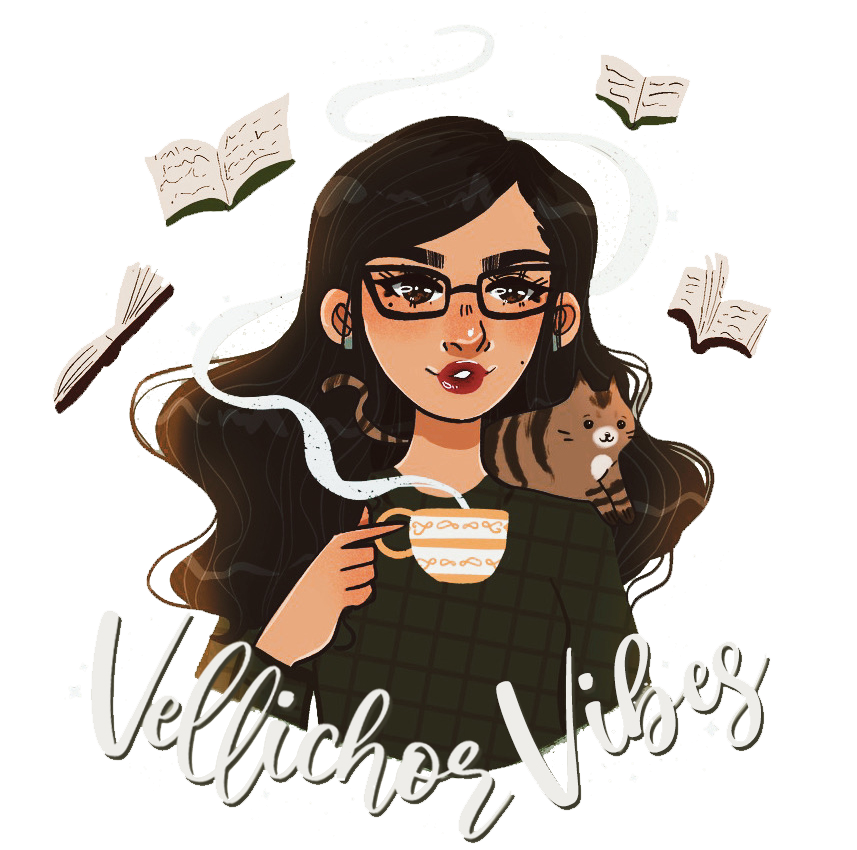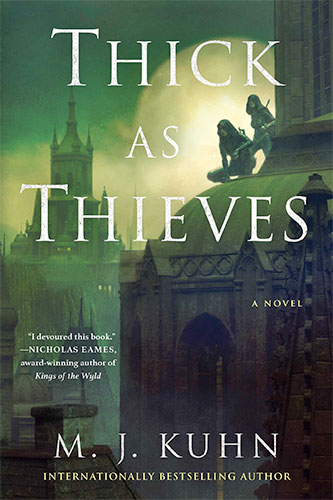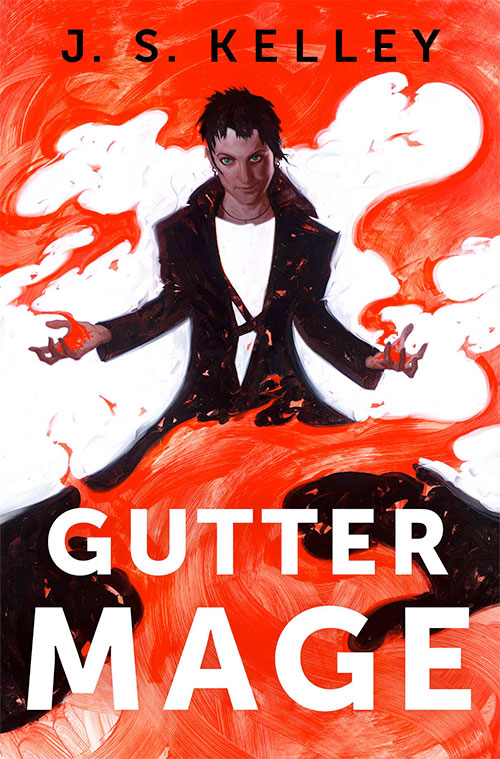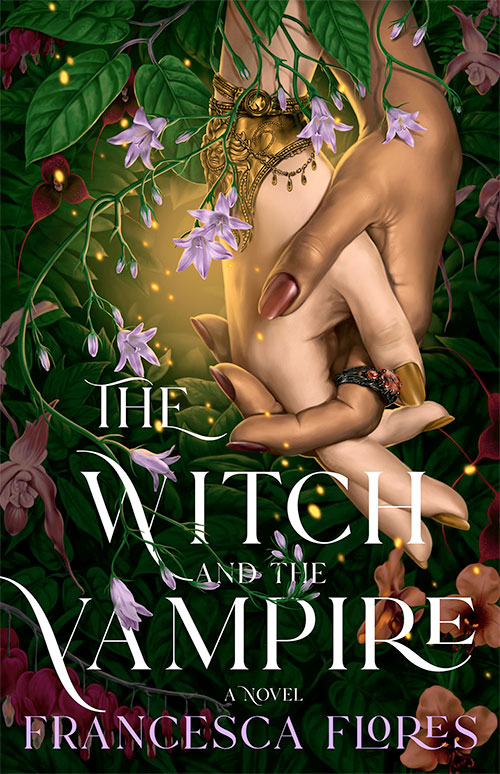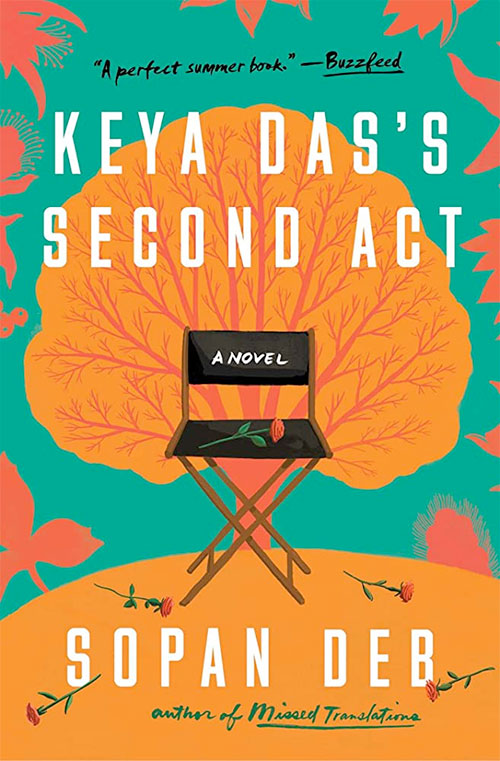In The Pairing, Casey McQuiston serves up a story of lust, longing, and languid food tours through Europe, all wrapped in the undeniable queerness that has become their signature. Theo, an aspiring sommelier, and Kit, a pastry chef, find themselves accidentally reunited on the food and wine tour that marked the end of their relationship four years prior. What starts as a hookup competition to prove they’re over each other soon unravels into a complicated mess of unresolved feelings and sexual tension. With scenic backdrops and sumptuous descriptions of food and wine, McQuiston delivers an enticing setup—but does the romance sizzle or fizzle?
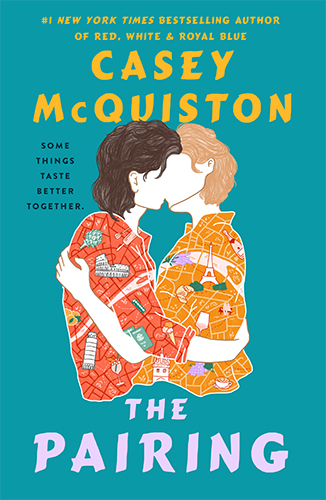
I’ve always agreed with the French that a meal should begin with sweetness, but I’m beginning to wonder if the Italians had it right—if, sometimes, discovery wants bitterness first.
Casey McQuiston, The Pairing
McQuiston deserves praise for the unapologetically queer heart of The Pairing. Particularly, the scene where Theo comes out to Kit as nonbinary is handled with thoughtfulness and care, and their pronoun switch midway through the story feels authentic and affirming. Theo’s vulnerability in sharing their identity with Kit creates some of the novel’s most tender moments. Kit shows all the unconditional support and encouragement anyone could hope for, and it completely melted my heart! It’s rare to find queer representation so layered, deliberate, and nuanced, and McQuiston nails it here.
Unfortunately, the novel stumbles in crafting compelling characters beyond their queerness. Theo’s privilege as a “nepo baby” who opts to stay poor and struggling despite several people offering to help them throughout the entire novel feels contrived and frustrating. Their refusal to leverage their family’s wealth for the sake of so-called authenticity or some misplaced sense of validation or merit borders on tone deaf and feels hollow, especially when juxtaposed with their ability to casually flit through European cities. This, combined with their insufferable self-pity, makes it difficult to root for them.
Sometimes I think the only way to keep something forever is to lose it and let it haunt you.
Casey McQuiston, The Pairing
Just when all of Theo’s internal struggles and bad decisions have them primed for some significant growth, the story abruptly shifts to Kit’s perspective halfway through the novel, undercutting any meaningful resolution. Kit, while less grating, brings little complexity to the table, beyond his complete and total adoration (infatuation?) for Theo. Together, their chemistry leans heavily on physical attraction, and the emotional weight never lands. Theo and Kit keep circling around the same issues, avoiding the hard conversations that would make their reunion satisfying. By the end, I was left craving more substance—something to make their love story feel earned.
With its vibrant cities and decadent meals, the European backdrop offers a feast for the senses; however, the execution—while meticulously researched—feels superficial. The bacchanalian parade of food, booze, and hookups quickly grows repetitive. I think this is partially because Theo and Kit don’t really develop, so it feels like nothing advances the plot. The tour becomes just as redundant as every scene between the two leads. The characters’ romanticized, tourist-like experience of Western Europe also leaves little room for authentic exploration of various cultures and cuisines. Furthermore, their near-magical ability to charm their way into every bed and social circle simply isn’t realistic. While escapism is often part of romance’s appeal, the sheer perfection of every encounter makes this story feel flat and predictable.
If I can give my whole heart to love without fearing the cost, I will regret nothing.
Casey McQuiston, The Pairing
The Pairing struggles to balance its frothy, sexually charged premise with the deeper emotional work necessary for a satisfying second-chance romance. Some moments in Theo and Kit’s inner monologues are achingly beautiful—one, in particular, stands out when Kit sees Theo in Botticelli’s The Birth of Venus, a depiction of the divine feminine, while imagining Theo admiring Michelangelo’s David, a tribute to masculine beauty. Kit wonders, with quiet longing, if Theo also finds pieces of them both reflected in the David. How romantic to discover your lover—and yourself—in the world’s most iconic works of art! Yet moments like this remain internal; the characters never bring such revelations into their shared conversations or let them deepen their connection beyond physical desire.
McQuiston’s hallmark wit and charm, evident in earlier works like Red, White & Royal Blue and One Last Stop, are present but not as pronounced here. Some lighthearted moments occasionally sparkle, but a frustrating lack of narrative depth overshadows them. For readers new to queer romances or those looking for lighthearted escapism, The Pairing might hit the right notes. But for anyone seeking the heartfelt intimacy and layered storytelling that define McQuiston’s best work, this book might feel more like a missed opportunity than a perfect pairing.
Thank you to NetGalley and St. Martin’s Press for sharing an advanced reader copy of this book in exchange for an honest review.
